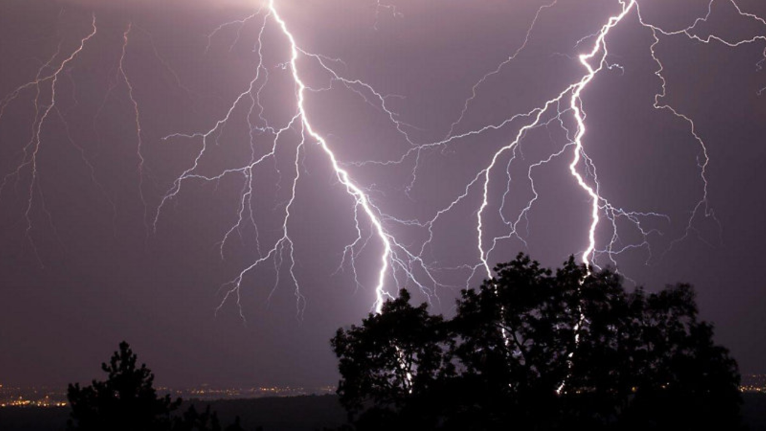NORTH CAROLINA -- Have questions about the weather? The Weather on the 1s Team is here to help answer those questions! Send them to Meteorologist Lee Ringer on Facebook and Twitter or e-mail them to ncweather@charter.com
We'll post the answers here on our Project Weather page!
Meteorologists
What's being a weather reporter/reporter/meteorologist like?
I think it's the best job! It's something I've always wanted to do... ever since I was a kid! I find the weather fascinating and enjoy helping people plan their day and week by telling them how the weather impact their daily activities. The weather never stops though, so meteorologists don't work Monday-Friday 9am - 5pm jobs like many other occupations. My day begins around 2am so I can develop a forecast and graphics for our weekday morning newscasts that start on TV at 5am. We have other meteorologists that work at night and others that work weekends.
How do you get ready to go on TV to tell us about the weather?
As the weekday morning meteorologist, I wake up around 2am every morning to be ready to deliver our updated Weather on the 1s forecast on TV starting at 5am. During that time between 2 and 5am, I'm analyzing the latest weather data and reviewing computer models to develop the forecast for today, the next day, and the next week. Once the forecast is ready, I build all the computer graphics that help us to communicate the forecast to all our viewers on TV and online. About 15 minutes before the newscast starts, I take some time to make sure I look presentable to be TV and that all of our equipment like microphone is working correctly.
How long did you go to school to be a meteorologist?
It takes at least four years in college to earn a degree in meteorology.
Thunderstorms
How common are supercell thunderstorms?
Supercells are the least common type of thunderstorm. The are defined as storms that have a rotating updraft, or something that meteorologists often call a mesocyclone. They can last for hours in the right environment and often produce severe weather like damaging wind gusts and hail. About 20 percent of supercells produce tornadoes.
Are there any other types of thunderstorms other than single cell and supercell?
There are four types of thunderstorms --
a. Single cell - Small, brief storms that sometimes pop up and die off in about hour. They are often occur during the heat of a summer afternoon and can produce downpours and frequent lightning.
b. Multicell - A group of thunderstorm cells that can sometimes last longer than just a single cell
c. Squall line - A group of storms that form as a line. They often produce damaging winds along with heavy rain and lightning. On occasion, tornadoes can spin up along a squall line.
d. Supercell - A storm with a rotating updraft, or something that meteorologists often call a mesocyclone. They can last for hours in the right environment and often produce severe weather like damaging wind gusts and hail. About 20 percent of supercells produce tornadoes.
Weather and COVID-19
I read somewhere that there is less pollution in the environment because of the stay at home orders. Will you please provide to me some information about this?
With many people working and studying from home, there are fewer cars on the road. Cars create pollution by emitting carbon dioxide, a greenhouse gas that climate science has shown is the cause of our warming climate. Pollution from cars also creates ozone in the lower levels of the atmosphere that can cause problems for people with respiratory problems like asthma. Since there are fewer cars, much of the country is experiencing cleaner air for now. When everyone is able to get back to a normal routine of work and school, we expect levels of the pollution to rise again in the coming months.
Is it more challenging reporting on the weather now with everything going on with coronavirus?
COVID-19 also may have at least a little impact on the quality of our forecasts. Airplanes gather a lot of weather data from various points in the atmosphere that are used in our forecast models. With fewer planes flying right now, we don't have as much available data to make our forecasts.





